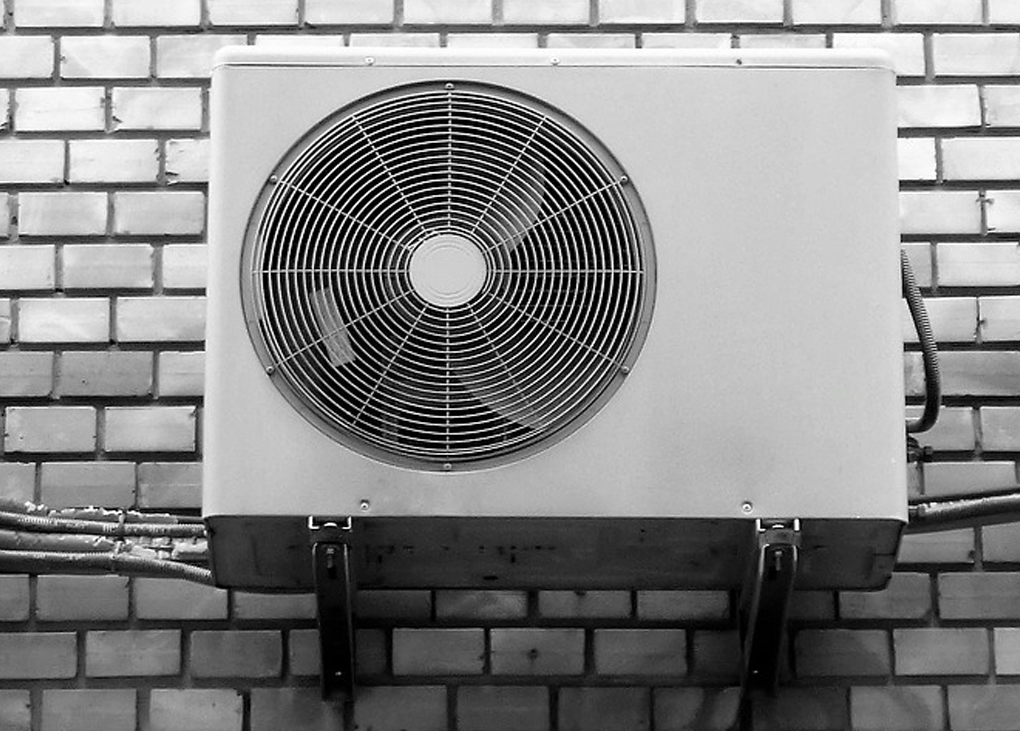German development agency GIZ has published a resource guide promoting the use of R290 (propane) in split system air conditioners.
The guide highlights the efficiency benefits and potential emissions reductions that propane offers, and addresses concerns about flammable refrigerants. Ultimately, it aims to encourage policy-makers to facilitate the market uptake of energy-efficient split systems using R290.
Split systems are the most commonly used appliance for space cooling worldwide, and the global stock is growing fast. The International Energy Agency estimates that by 2050 the number of split systems will increase from just over 850 million to over 3.7 billion.
Propane potential
After carrying out market assessments in various countries, GIZ found that transitioning split systems to propane would significantly reduce energy consumption and greenhouse gas emissions. It estimates that a market share of 50 per cent by 2050 could cut down total greenhouse gas emissions – directly from refrigerant leaks and indirectly from energy use – by 25 per cent.
“The significant climate impact of room ACs is not only made by fossil fuel-based electricity supply, but also a result of the predominant and massively growing use of halogenated refrigerants such as R22, R410A, and, to a growing extent, R32 with high global warming potential (GWP),” says the German Environment Agency’s Dr Rettina Rechenberg, who wrote the forward to the report.
“For single-split room ACs, the loss of the initial refrigerant charge over the lifetime is 100 per cent or even more, caused through leakages during operation as well as during installation and disposal at the end of life. Therefore, the use of natural refrigerants with very low GWP not only can result in superior energy performance, but also lead to negligible greenhouse gas emissions through refrigerant losses during service and at the end of life.
“This guide clearly shows that single-split room ACs equipped with R290 (propane) exhibit significant environmental advantages through good energy performance and a GWP close to zero. The guide shall contribute to addressing and demystifying all aspects relevant for the successful introduction of R290 split air conditioners.”
Real-world experiences
The information in the guide is based on interviews with industry experts and practical experience gained in GIZ Proklima projects. These include projects in India, Indonesia, Costa Rica, Ghana and the Philippines.
Rechenberg points to the example of India, where domestic manufacturer Godrej & Boyce offers a single-split air conditioner with R290 refrigerant. The product is the most energy-efficient its class and more than 600,000 units have been sold so far with no reported incidents.
“This example should encourage other governments and manufacturers to introduce their R290 solutions to the domestic and worldwide market,” she says. “Considering the phase-down of hydrofluorocarbons such as R410A and R32, R290 is today the only viable and future-proof choice for residential and light commercial single-split air conditioning.”
The ultimate solution?
Despite these grand claims, there are legitimate doubts about whether R290 is the silver bullet for reducing emissions from split systems.
Apart from the obvious concerns around using an A3, highly flammable refrigerant – especially in countries such as the US where regulations are notoriously tight – it is not clear that R290 offers significant performance benefits over synthetic refrigerants such as R32.
Tests conducted by the National Institute of Standards and Technology on optimised systems showed comparable coefficient of performance for R32 and R290. This modest improvement may not convince manufacturers to switch over, especially when balanced against higher manufacturing costs and potential safety issues.
GIZ’s guide also indicates that the use of a flammable refrigerant would limit the size of split systems. According to the guide, a 5kW wall split installed at a height of 1.8m with 500g of R290 cannot be installed in a room with a floor area of less than 44m2.
There is, however, continuing work at international standards level and various test labs to increasing the charge limits for A3 class refrigerants with other mitigation measures in place (e.g., limiting the releasable charge).
At this point, the future for propane split systems remains unclear.
 Mark Vender
Mark Vender


Leave a Reply